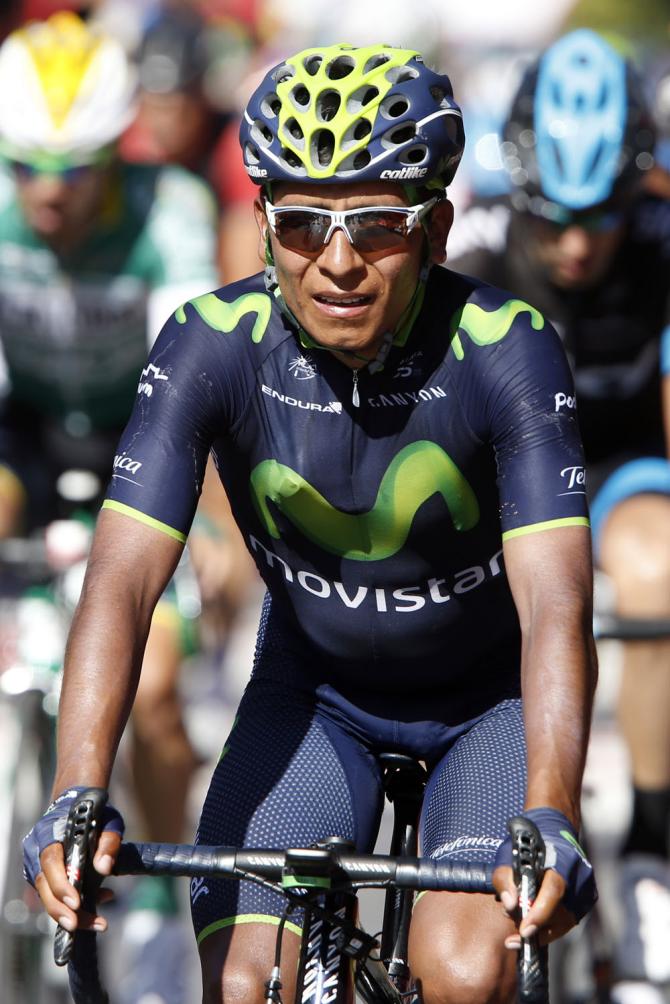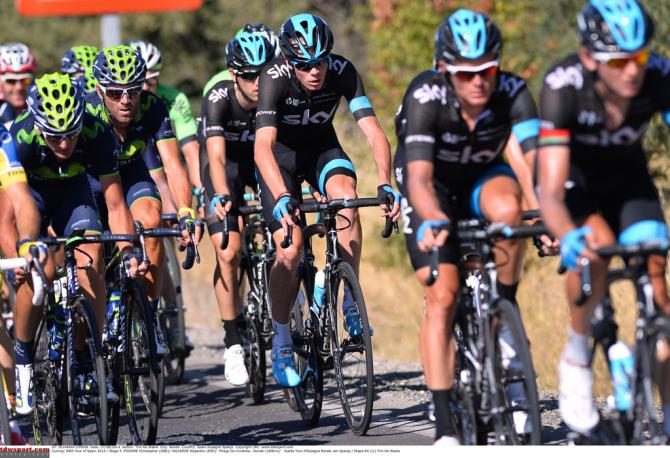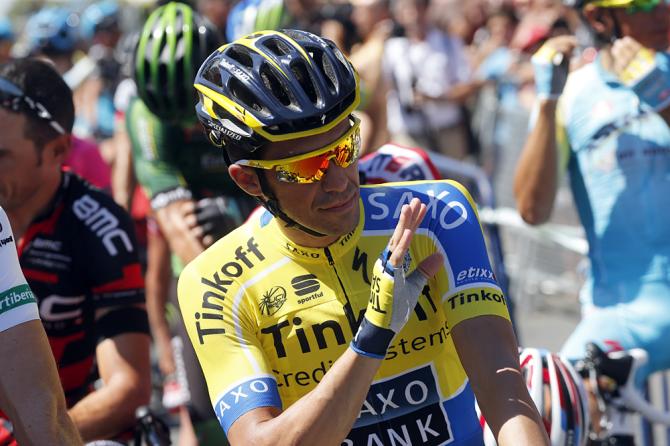Vuelta a España preview: A tough opening mountain top finish
Stage six to start weeding out the favourites



The Vuelta a España's first of eight summit finishes today (Thursday) at La Zubia, is only 4.6 kilometres long, but its relentlessly rising slopes and sections at up to 17 per cent make it a tough challenge for the 198-strong peloton.
From the moment the road swings left in the centre of La Zubia - home to many former pros, including Francisco Cabello, the Tour de France stage winner in Brighton in 1994, and Juan Miguel Mercado, winner at Lagos de Covadonga in the 2001 Vuelta - the road rises steadily into the foothills of the Sierra Nevada mountain range with no false flats to allow riders to catch their breath.
The ten minutes or so it will take the riders to ascend from 760 metres above sea level to 1,200 metres are, therefore, a real challenge and far harder than, say, the longer ascent to Valdelinares on stage nine.
It's not just the climbing that will cause the riders to suffer, either. Some snow may remain on the highest peaks of Sierra Nevada above the riders as they climb to Cumbres Verdes on Thursday afternoon, but the sight of it will contrast tantalizingly with the heat - with temperatures expected to soar once, again, to around 37 degrees.
Apart from the hot temperatures, prior to La Zubia, the stage itself does not offer too many difficulties, for the total of vertical climbing is a reasonably challenging 2,735 metres. It is quite short - 167.1 kilometres - and starting on the coast in Benalmadena, the mid-stage second category Alto de Zafarraya may involve 910 metres of vertical climbing, but it is steady and straightforward, and does little more than take the peloton inland from the coast and onto the steadily rolling roads towards La Zubia, a small dormitory town for the provincial capital of Granada.
The peloton will almost certainly be all together when the road takes a hard 90 degree turn left onto the lower slopes, still well inside the town of La Zubia. Rising steadily, a fork left after about 500 metres of main road then takes the peloton onto a much narrower town street that runs with no corners onto the main climb.
Never used in the Vuelta before, the road then passes the point where both Dario Cioni and Cadel Evans won stages in the Ruta del Sol, in 2007 and 2008. From heron, only Serge Baguet - also riding for Lotto, like Evans and Cioni, strangely enough - knows what it is like to win in a pro race here, thanks to his victory at Cumbres Verdes, a small township situated above La Zubia, in 2005. (The climb was, however, often used for the now-defunct amateur Tour of Granada.)
Get The Leadout Newsletter
The latest race content, interviews, features, reviews and expert buying guides, direct to your inbox!
The toughest segment of the climb comes as it heads into woodland and slants slightly right - and straight uphill - after about 1.5 kilometres of climbing. For 300 metres as it goes past a large car park for Sunday picnickers to leave their vehicles and with just one wiggle right to ease the pain a little higher up, the gradient reaches up to 17 per cent. It is here that the favourites will have to come to the fore.
The road then straightens out for the final two kilometres again, constantly rising albeit at an easier average of between 9.5 and 10 percent. Narrow - barely two cars width - behind there are stunning views of Granada and the surrounding plains below. But the riders by this point will be looking in the opposite direction and focussed on winning, as the finish looms in the distance.
"It's a very tricky climb, it feels like your wheels are glued to the tarmac," Luis León Sanchez of Caja Rural, who checked out the climb whilst training at the nearby Sierra Nevada ski station, tells Cyclingnews. "If it's hot, it'll do a heck of a lot of damange."
"The middle section is the hardest by far, but the worst part is the last two kilometres, it's dead straight and seems like it goes on for ever. You feel like you're never going to reach the top."
Alasdair Fotheringham has been reporting on cycling since 1991. He has covered every Tour de France since 1992 bar one, as well as numerous other bike races of all shapes and sizes, ranging from the Olympic Games in 2008 to the now sadly defunct Subida a Urkiola hill climb in Spain. As well as working for Cyclingnews, he has also written for The Independent, The Guardian, ProCycling, The Express and Reuters.
